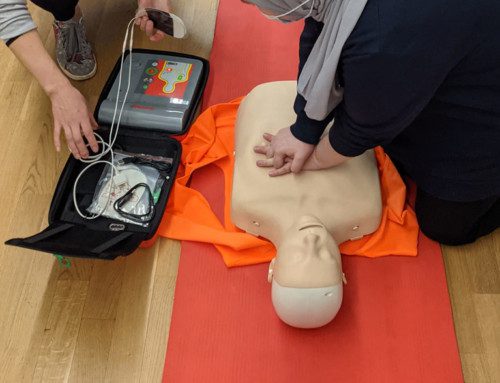Youth resistance and cardiovascular endurance training has been a long-debated subject. This goes hand in hand with concerns over specializing in a sport too early, versus how much total exercise volume is detrimental to a child's immature musculoskeletal and neuromuscular systems.
A recent publication in Personal Training Quarterly featured a guideline the highlights from the National Strength and Conditioning Association's (NSCA) Updated Position Paper on Youth Resistance Training. In the overview, Chat says that properly designed resistance programs are safe for youth athletes, can increase the muscular strength and cardiovascular risk profile, improve skill performance, improve psychosocial well-being, and promote healthy habits for children.
The NSCA also refers to a long-term athletic development model, which is summarized below:
- Active Start (0-6 years): activity for at least 60 minutes, including peers
- Fundamentals (M 6-9, F 6-8): minimally structured activity, including multiple sports
- Learn to Train (M 9-12, F 8-11): moderately structured activity, 3+ sports
- Train to Train (M 12-16, F 11-15): moderately structured activity, 2+ sports
- Train to Compete (M 16-23, F 15-21): highly structured activity, 1-2 sports at a high-level national to international level
- Train to Win (M 19+, F 18+): very skilled athletes with highly specialized training and periodization programs to train, recover, taper, and peak properly
- Active for Life (all ages): maintain lifelong activity participation
By following this regimen, or a similarly sound protocol, the risk of athletic burn-out is minimized. Burn-out includes psychological and physical manifestations that can end the careers of athletes in very early, middle, or peak times in one's career. For more information on these concepts, contact your SetPT physical therapist for more information on early sports specialization, youth strength and conditioning, and/or recommendations.
For more information about the NSCA's position on youth resistance training, read the complete article: CLICK HERE.





